Being aware of the sounds of letters and syllables is key to have a good pronunciation. That’s why we’re taking a closer look at some very important sound combinations in Spanish!
As you know, one sílaba (syllable) may have two or up to three vocales (vowels). The union of two vowels in the same sound is known as diptongo (diphthong).
To form a diphthong, we need to have any of the following combinations in the same syllable:
- Vocal abierta (a, e, o) + vocal cerrada sin acento (i, u) –> antigua; tiempo; buena; reunirse; paisaje…
- Vocal cerrada (i, u) + vocal cerrada (i, u) —> ruido; viuda; ciudadano; triunfo; ruiseñor…
In Spanish, we have 14 diptongos:
ai- bai-le ou- Sou-sa io- limpio
au- au-to ia- lim-pia uo- ar-duo
ei- pei-ne ua- a-gua iu- ciu-dad
eu- deu-da ie- pien-so ui- cui-da-do
oi- oi-go ue- fuer-za
The diptonogo ou is not often found in Spanish and generally indicates a word that has been adopted from another language.
The combination of three vowels within the same syllable is called a triptongo (tripthong), although they are not commonly found:
iau- miau, semiautomático
uai- averiguáis,
uei-, uey- buey, actuéis
iai- limpiáis
iei- estudiéis


